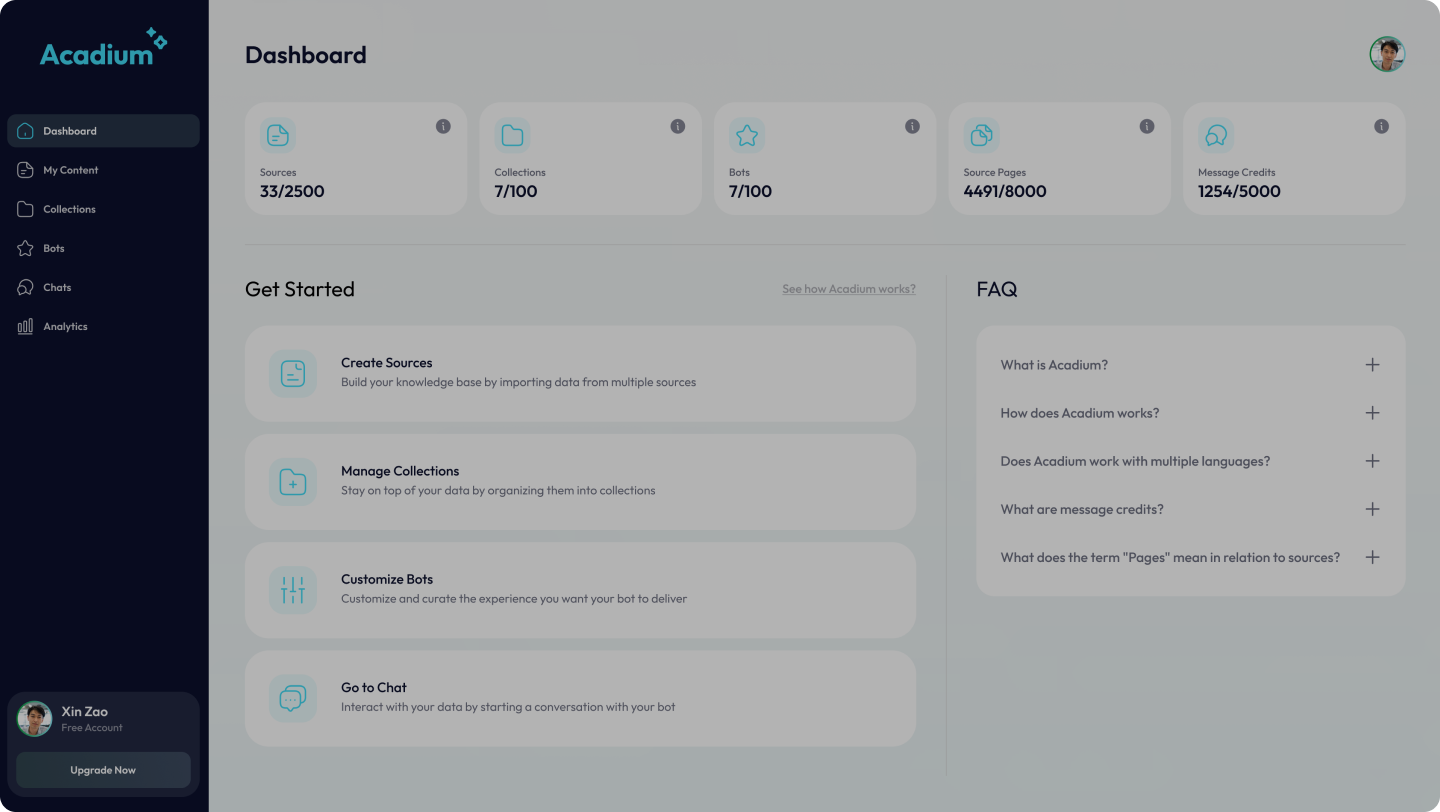Artificial Intelligence (AI) is revolutionizing industries across the globe, and higher education is no exception. As AI technologies become more sophisticated, they are reshaping how educational institutions operate, deliver content, and engage with students. This transformation presents both challenges and opportunities for colleges and universities striving to stay competitive in an increasingly digital world.
Trends in AI Adoption in Higher Education
Adaptive Learning
One of the most significant trends in higher education is the move toward personalized learning experiences. Adaptive learning is when AI tailors educational experiences based on individual student needs. By analyzing data such as past performance and learning pace, adaptive learning platforms adjust content and assessments, providing a customized learning path for each student. This approach not only enhances student engagement but also improves learning outcomes.
Efficiency
AI is increasingly being used to streamline tasks within higher education. Tools like Acadium are transforming student support services to answer questions about courses, deadlines, and campus events, providing instant assistance to students, at all times of day. Using chatbots to handle these queries can reduce administrative workload and improve response times, allowing staff to focus on more complex tasks.
Research and Development
AI is improving research methodologies by processing vast datasets to identify patterns and accelerate discoveries in a way that would be almost impossible for humans to do in a timely manner. This is particularly valuable in fields like medicine, engineering, and social sciences, where AI can drive innovation and discovery. For example, in medical research, AI can analyze genetic data to predict disease outbreaks or develop personalized treatments.
Practical Use Cases of AI in Higher Education
AI-Driven Grading Systems
Grading systems powered by AI can handle routine assessments, such as multiple-choice tests and short essays, freeing educators to focus on more complex grading tasks. These systems provide immediate feedback to students, enhancing the learning process and reducing the administrative burden on faculty.
Predictive Analytics for Student Retention
Universities are using AI to analyze data and predict which students are at risk of dropping out. By identifying these students early, institutions can intervene with targeted support, such as counseling or academic resources, to improve retention rates and student success. Georgia State University implemented an AI-powered system to identify students at risk of academic difficulty. By analyzing factors like attendance, grades, and engagement, the system proactively alerts advisors and provides personalized support services.
Virtual Classrooms and Tutoring
AI-driven virtual classrooms provide interactive learning experiences that can adapt to students’ needs in real-time. Intelligent tutoring systems offer personalized feedback and guidance, enhancing the traditional learning process. For example, language learning apps use AI to correct pronunciation and grammar, providing immediate feedback to learners.
Smart Content Creation
AI is being used to develop smart content, such as interactive textbooks and virtual labs, which offer dynamic learning experiences. These tools make learning more engaging and accessible, particularly for students who may struggle with traditional teaching methods.
Enhancing Accessibility
AI technologies are making education more accessible to students with disabilities. Speech-to-text applications, screen readers, and adaptive learning platforms ensure that all students have equal opportunities to succeed.
At Acadium, we offer a tool that can help your institutions harness the power of AI. Contact us today to see how we can transform your institution into a leader in the digital age.












